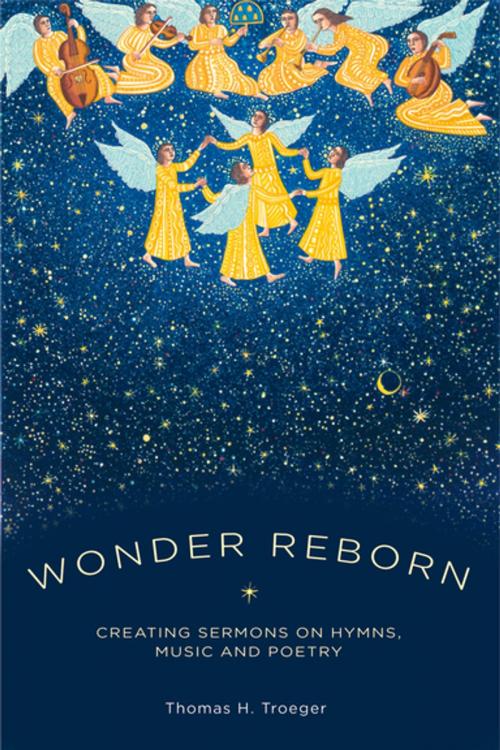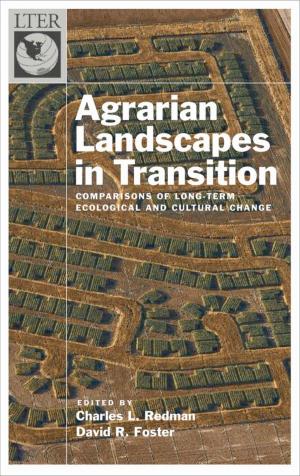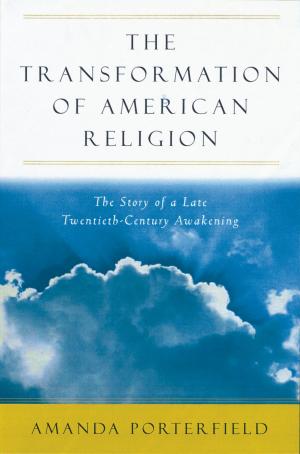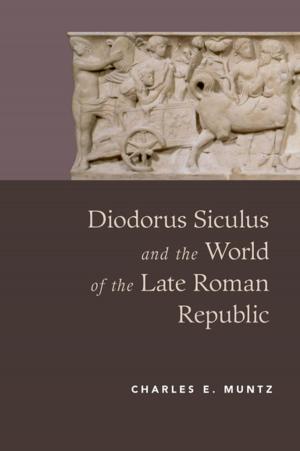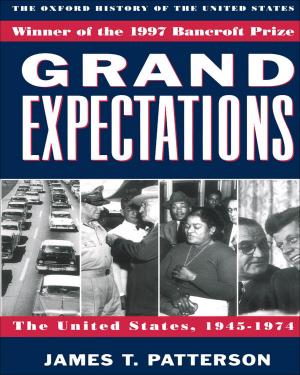Wonder Reborn
Creating Sermons on Hymns, Music, and Poetry
Nonfiction, Religion & Spirituality, Reference, Ritual & Practices, Theology| Author: | Thomas Troeger | ISBN: | 9780199889686 |
| Publisher: | Oxford University Press | Publication: | July 27, 2010 |
| Imprint: | Oxford University Press | Language: | English |
| Author: | Thomas Troeger |
| ISBN: | 9780199889686 |
| Publisher: | Oxford University Press |
| Publication: | July 27, 2010 |
| Imprint: | Oxford University Press |
| Language: | English |
This book explores an issue at the nerve of the long term health of all churches: how godly wonder can be reborn through renewed attention to the place of beauty in preaching and worship. The book opens with an exploration of the theological and cultural difficulties of defining beauty. It traces the church's historical ambivalence about beauty and art and describes how, in our own day, the concept of beauty has been commercialized and degraded. Troeger develops a theologically informed aesthetic that provides a counter-cultural vision of beauty flowing from the love of God. The book demonstrates how preachers can reclaim the place of beauty in preaching and worship. Chapter two employs the concept of midrash to mine the history of congregational song as a resource for sermons. Chapter three introduces methods from musicology for creating sermons on instrumental and choral works and for integrating word and music more effectively. Chapter four explores how the close relationship between poetry and prayer can stir the homiletical imagination. Each of these chapters includes a selection of the author's sermons illustrating how preachers can use these varied art forms to open a congregation to the beauty of God. A final chapter recounts the responses of congregation members to whom the sermons were delivered. It uses the insights gained from those experiences to affirm how the human heart hungers for a vision of wonder and beauty that empowers people to live more faithfully in the world.
This book explores an issue at the nerve of the long term health of all churches: how godly wonder can be reborn through renewed attention to the place of beauty in preaching and worship. The book opens with an exploration of the theological and cultural difficulties of defining beauty. It traces the church's historical ambivalence about beauty and art and describes how, in our own day, the concept of beauty has been commercialized and degraded. Troeger develops a theologically informed aesthetic that provides a counter-cultural vision of beauty flowing from the love of God. The book demonstrates how preachers can reclaim the place of beauty in preaching and worship. Chapter two employs the concept of midrash to mine the history of congregational song as a resource for sermons. Chapter three introduces methods from musicology for creating sermons on instrumental and choral works and for integrating word and music more effectively. Chapter four explores how the close relationship between poetry and prayer can stir the homiletical imagination. Each of these chapters includes a selection of the author's sermons illustrating how preachers can use these varied art forms to open a congregation to the beauty of God. A final chapter recounts the responses of congregation members to whom the sermons were delivered. It uses the insights gained from those experiences to affirm how the human heart hungers for a vision of wonder and beauty that empowers people to live more faithfully in the world.
